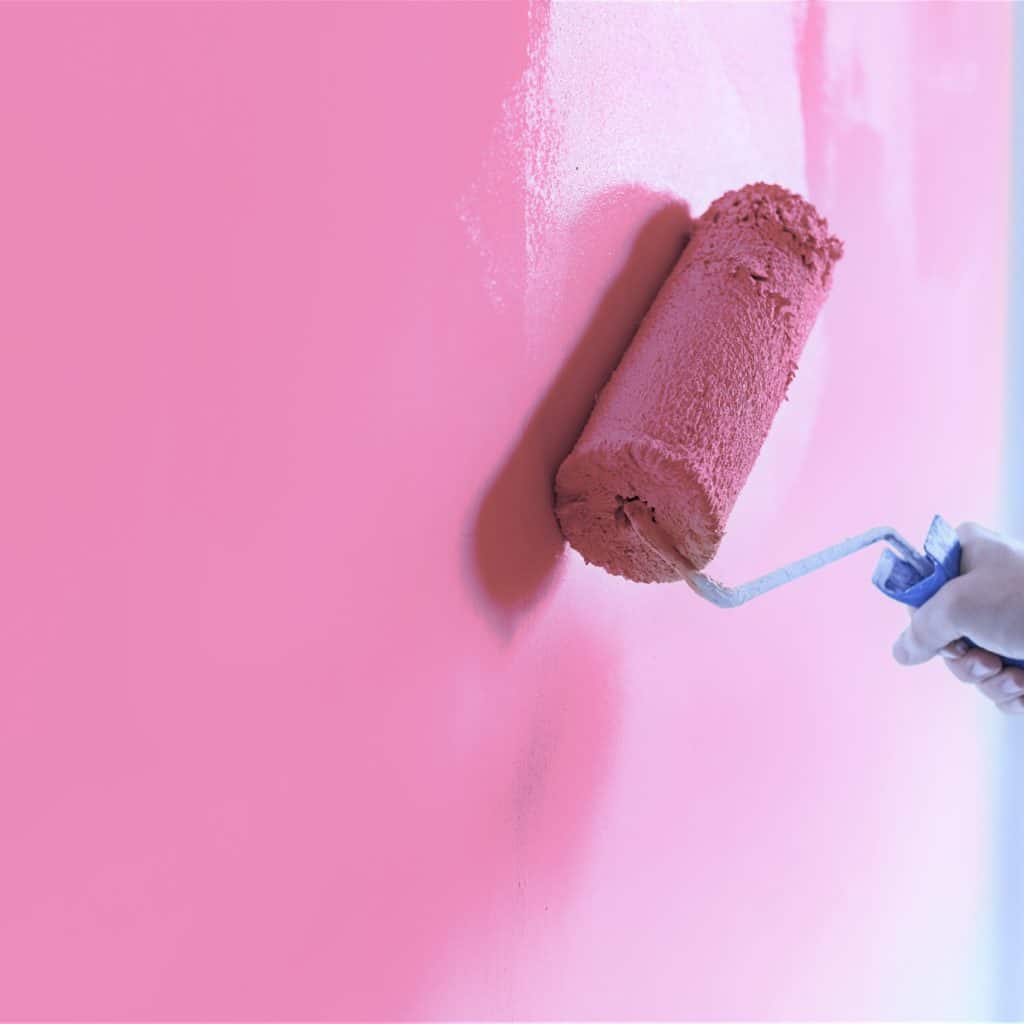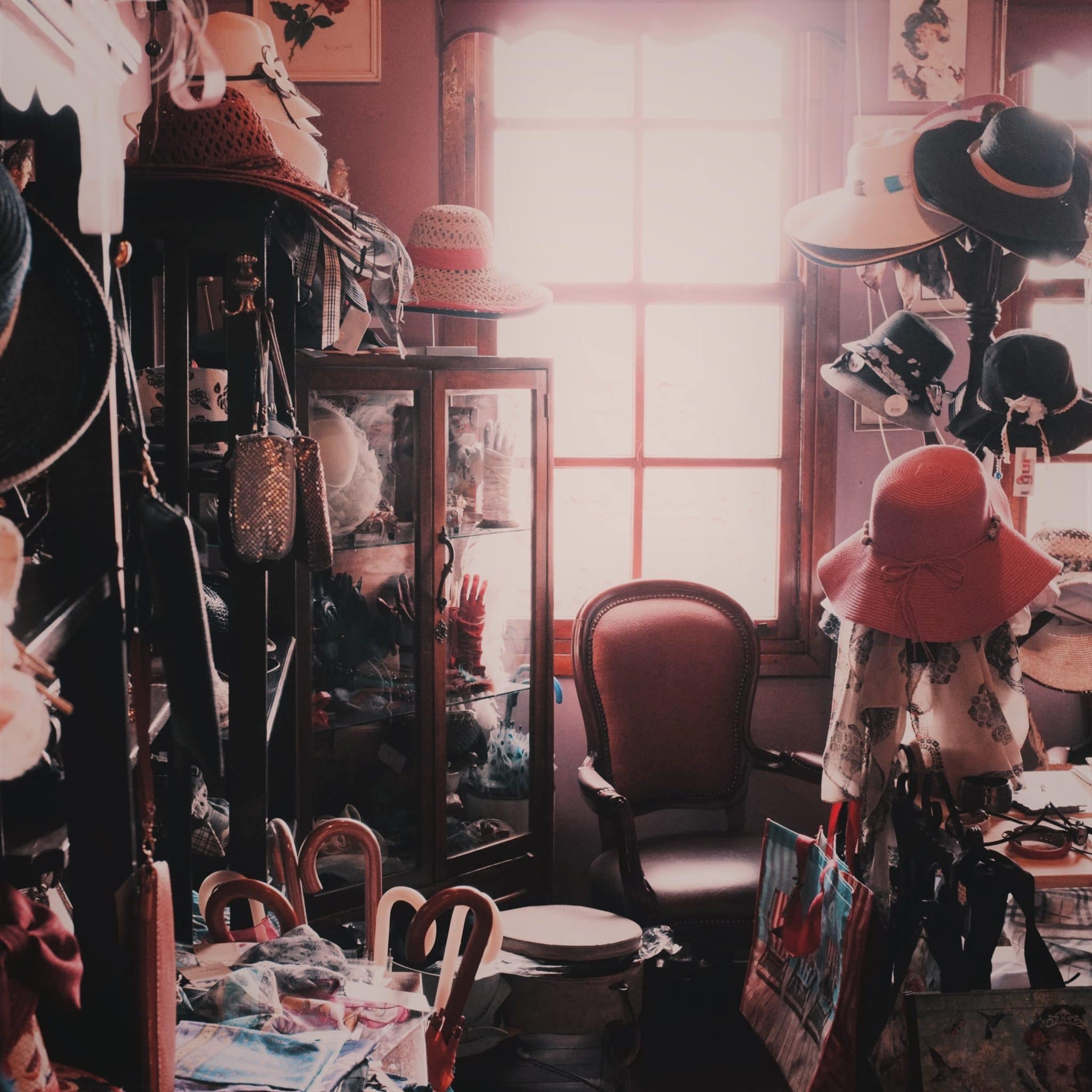Out of Sight: Home Inspection Claims from Concealed Defects
By Alyssa Cink
Last Updated March 7, 2024

After closing on their dream home, a couple began the exciting process of renovating the property’s basement. They had big plans, including replacing the toilets. In order to work on the plumbing, the couple had the pipes depressurized.
Shortly after being pressurized again, the pipes in the basement’s laundry room started to leak. The basement had a drop ceiling hiding the plumbing, and the couple’s plumber removed the ceiling to investigate. What they discovered caught them off guard: blue-green discolored, corroded, copper pipes. They blamed their home inspector for not finding the leaks and corroded pipes, and they demanded more than $6,100 in compensation for repairing the entire plumbing system.
Our home inspector, performing a visual evaluation of the property’s condition on that specific day, would not have been responsible for reporting anything behind the basement ceiling. Nor would he have been able to document the leaks behind the drywall. After all, the clients themselves admitted the leaks only became apparent when they repressurized the pipes, months following the inspection. Yet the clients came to a very different conclusion. In their eyes, missing something behind a ceiling or drywall was a form of negligence.
Hidden issues coming to light post-inspection are a regular occurrence in the home inspection industry. In fact, it’s actually the second most common reason why clients file claims against their home inspectors.
Because concealed defects generate so much conflict, we wanted to build a more thorough understanding of these scenarios and how to avoid them. Where are these defects likely to hide? What kinds of homes are they found in? And what can you do to mitigate your risk? We interviewed home inspectors and dug through our claim archives to uncover the answers.
What are concealed defects?
Cornell’s Legal Information Institute (LII) defines a latent, hidden, or concealed defect as “one which could not be discovered by reasonable and customary observation or inspection.” These defects might have been painted over, covered with furniture and other belongings, or tucked away in hard-to-reach spaces.
Because they’re hidden, they may appear months or even years after your clients move in. And considering home inspections are visual and non-invasive in scope—and because you don’t have x-ray vision—you wouldn’t have seen or reported them to begin with. Nevertheless, clients who aren’t familiar with a home inspector’s limitations may assign the blame to you.
Common concealed defects include:
Plumbing Problems
According to Brad McLeese of HomeGuard Inspections in Utah, plumbing systems are particularly tricky because most of the pipes, junctions, and connections aren’t visible. As such, you may be unable to properly identify all the plumbing materials or see corrosion and other damages.
Electrical Deficiencies
Wiring often lurks behind insulation, walls, and other obstructions. For this reason, it may be impossible to identify all the wiring throughout the house. Not to mention, it also presents an additional risk, since speculating the wiring’s type and condition in visually inaccessible areas exceeds many standards of practice (SOPs).
Foundation and Structural Defects
Finished surfaces, such as drywall, often hide the existence of structural deficiencies within wall systems. Furthermore, owners typically patch holes, fix loose tape seams, hammer in nail pops, and add a fresh coat of paint to prepare their properties for sale. Such preparations can temporarily mask evidence of foundation and structural deficiencies.
Mold
In many claims, clients discover mold during renovations or repairs. Perhaps it’s in the HVAC system. Maybe it’s growing inside the walls. It typically accumulates in obscured places and cannot be confirmed without a test, McLeese said.
Pests
Pests, particularly termites, often live inside walls or deep inside wood structures. And, because pests move, they aren’t always visible during inspections, said Travis Hill of Premier Inspections in Texas in our past article.
Windows
For the most part, window claims involve a failure to identify water damage, intrusion, or wood rot around windows. Frequently, home inspectors are unable to identify such defects because the windows have been painted shut or obstructed.
You may not be able to avoid these situations completely. However, knowing how hidden defects present themselves can help you stay informed and mentally prepared for the possibilities.
Concealed Defects and Risky Scenarios
Any property could have defects lurking within its walls. However, some environments may be more subject to hidden problems than others. Call it instinct, a hunch, or just a gut feeling, but home inspectors walk into some homes knowing when to raise their guards. Such risky scenarios include:
 Cluttered Homes
Cluttered Homes
While a few personal items here and there aren’t a terrible red flag, too many decorations, furniture pieces, etc. can limit an inspector’s visibility and make areas inaccessible.
Flipped Homes, Highly Remodeled Homes, or Homes with New Additions
Properties that have been “flipped” or recently renovated may present a higher risk of concealed defects. That’s because investors, incentivized to remodel and sell for a quick flip, may prioritize superficial upgrades, take shortcuts, or neglect the most crucial and expensive repairs that cause problems later, said inspectors like Mike Leggett of The BrickKicker of Georgia in our previous article.
Rental Homes
According to Frederick Lawrence of En-Spect in New York, tenants—especially younger tenants who are new to home maintenance—may not know what needs attention or may care less since they aren’t the owners. Meanwhile, some landlords aim to cut costs wherever possible, leading to cheaper, lower quality repairs with shiny finishes.
Homes with Prolonged Vacancies
Homes that have been vacant for a long period of time may have less obvious defects than homes that have been recently lived in, McLeese said. Inspectors lack the current residents’ observations that might help them investigate areas with hidden or latent issues.
Everybody’s got something to hide, except me and my pre-inspection agreement.
As a home inspector, it’s impossible to catch every single problem a house may have. Meanwhile, McLeese explains that most sellers are not trying to trick their buyers or home inspectors. Rather, they’re simply unaware that concealed defects are present to begin with.
“Most of the time, it’s not necessarily that the sellers are intending to conceal [defects] or that there’s nefarious, malicious intent. It’s that most of them are just, by nature, more difficult to expose and the sellers may or may not even know that there’s a problem,” McLeese said.
So, if you can’t eliminate your risk entirely, how can you manage it? We share tips below.
1. Get your pre-inspection agreement signed before you start.
Most of your clients don’t have much of an idea what an inspection is and isn’t until you tell them. As your first line of defense, your pre-inspection agreement defines your inspection parameters, limits your liability, and controls dispute resolution. Without this agreement, clients are left to assume what your inspection covers and what repair expenses they can put on your shoulders.
One way your contract can prevent concealed defect claims is by outlining your scope. By describing your inspection’s intent and standards—including your SOP—you have the opportunity to underscore its limited, visual nature. This makes it less likely that clients will file claims against you for things hidden from view.
“What I’ve learned over the years in general is the practice of good communication and setting reasonable expectations with the agent and with the buyer … And that usually all starts with that pre-inspection agreement,” McLeese said.
On the other hand, in order to show that your clients consent to and understand the terms and limitations of a visual home inspection, your agreement only carries legal weight if it’s signed before you start your inspection. While it helps to relay expectations through multiple avenues—in writing, over the phone, and through in-person conversations, where applicable—getting your agreement signed before the inspection, every time, is an essential step.
For most of you, getting a contract signed is second nature. But are you getting it signed prior to the inspection 100 percent of the time? If not, you’re putting your business at risk.
2. Take LOTS of pictures.
In case you haven’t heard it enough, here’s the old adage again: A picture is worth 1,000 words. In an industry like home inspections, photos can do wonders. They can help inspection clients understand your findings and put them into context. They can bring reports filled with descriptions laced with technical jargon to life.
And, from a risk management perspective, photos can prove what was there on the day of the inspection—and what wasn’t. That’s why our claims team recommends taking pictures of everything and of every room in the home. This includes problem areas and areas without any defects. If a client accuses you of missing a ceiling stain, having a photo from three months earlier proves the stain didn’t exist on the day of the inspection.
“Today’s house I did, it was like 3,500 square feet. I took almost 400 photos,” said Gabe Hurtado of IMPACT Home Inspections, Inc. in Florida. “[Take] photos and just document as much as you can.”
The more pictures you have, the more evidence we have to defend you against meritless claims. Read our past article to explore the role that photos play in limiting your liability.
3. Know that moving anything, big or small, can open you up to risk.
In one case study, a home inspector moved the seller’s suitcase to access the attic entrance. It was just one suitcase, he reasoned. And it made the difference between inspecting an entire area of the property and omitting it from his report.
Unbeknownst to the home inspector, that wasn’t the only thing on the shelf. While moving the suitcase, the inspector bumped into an out-of-sight fire extinguisher. The extinguisher fell, cracking the tile floor and discharging into the HVAC unit. This left a layer of extinguisher dust in every room of the house.
This story illustrates why it’s important, no matter how big or small the item is, to never move personal property. Moving anything could exceed your SOP and lead to a general liability claim. Instead, we suggest giving the seller an opportunity to move blockages themselves. You might offer to return and inspect those areas when they’re accessible.
“[Offering to return is], in my mind, what really sets the professional inspector apart from those that are maybe less committed to providing that value to the client,” McLeese said.
Or, if you mention the obstruction during a final walkthrough, the seller may even move the item before you leave. For example, during one of Hurtado’s inspections, a garage refrigerator was blocking the electrical panel. After Hurtado pointed it out, the homeowner moved the fridge for him, making the panel accessible.
If the residence is occupied, Hurtado’s team uses the conversation while booking the appointment to give instructions for personal items. You could ask the seller to make room around certain systems or in certain spaces, like closets and cabinets, he said. Asking at the time of scheduling makes it easier to reassert that expectation of a clear inspection area.
4. Disclose as needed.
After you’ve explained the visual nature of a home inspection, include a disclaimer for areas you can’t access. Explain why that area was partially or fully inaccessible, or how present obstacles limited your ability to perform a complete visual inspection. Photograph the obstructions, too, like furniture, clutter, or too-narrow crawlspace openings. When McLeese gets a hunch about a possible defect that could lead to dissatisfaction, but that he can’t access at the time, he’ll err on the side of caution and report the visible signs. This includes a reminder that further investigation would exceed his scope.
“Let the house talk to you, look for clues, these types of signs. If the client or the realtor’s there, make sure you show them firsthand what you found [and] what you couldn’t see,” Hurtado agrees.
We Protect. You Inspect.
As an exclusive home inspection insurance provider, we know the industry’s top claims inside and out. Though our research is not exhaustive, we hope this breakdown of concealed defects helps you prepare for possible scenarios during your inspections.
At the same time, it’s important to note that risk management is circumstantial. Claims are always possible, even if you do everything right. That’s why it’s essential to carry errors and omissions (E&O) and general liability (GL) insurance with the proper endorsements for defense and payout help.
Today, InspectorPro Insurance is the leading home inspection insurance provider in the nation. Our errors and omissions and general liability insurance policies are built to serve your unique business needs. Plus, we offer up-to-date, state-specific inspection agreements for our insured inspectors. If you are insured with us and want a copy of our agreement for your state, or if you’re not a client but have questions about our contracts, send an email to agreements@inspectorprotect.com.
Insuring with anyone else simply isn’t worth the risk. Apply for a quote for our insurance program here.





